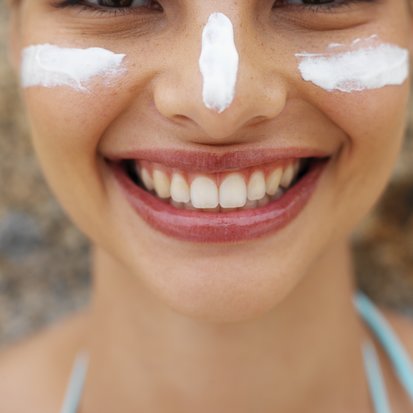
All sunscreen is not created equal, and in fact, many products (including natural ones) that successfully prevent burn and sun damage are doing lots of other damage of their own.
In a previous article about sun exposure, I talk about the benefits of catching some rays, and how to do so safely. This article is the low-down on sunscreen, and how to choose the healthiest option when you or your child will be in the sun for long enough to burn.
Chemical vs. physical sunscreens
There are two different types of sunscreen available today. Chemical sunscreens soak into the skin and are designed to absorb harmful UV rays before they can damage the skin. Physical barrier sunscreens actually reflect harmful UV rays off the skin before they penetrate the surface.
It is common knowledge in the “natural health” world that chemical sunscreens contain toxic ingredients. But did you know that zinc and titanium from “natural” sunscreens may also be harmful?
Though popular for their light-weight, non-greasy texture, there are several problems with chemical sunscreens:
1. Since they're absorbed in the skin, chemical sunscreens are more likely than physical barrier sunscreens to cause allergies and skin irritations.
2. Since chemical sunscreens are absorbed into the body, their ingredients are found in plasma as well as urine samples after use in humans.
3. Convenient “spray-on” sunscreens may be even more harmful, as chemical compounds are inhaled into the lungs and respiratory system as well as absorbed through the skin.
4. Many of the chemicals in synthetic sunscreens are carcinogenic and/or act as hormone disrupters. Among others, these ingredients include: PABA, oxybenzone, cinnamates, salicylates, triethenolamine, and benzophenones.
5. Three common UV filters used in synthetic sunscreen (octomethoxycinnamate, benzophenone 3 and octocrylene) soak into deeper layers of the skin after application. This leaves the skin's top layers vulnerable to damage.
6. When UV rays are absorbed by the skin, they can generate reactive oxygen species (ROS), the harmful compounds that can cause premature aging and skin cancer. When absorbed into deep skin layers, chemical compounds in sunscreen can actually react with UV light to generate even more damaging ROS.
Are Zinc and Titanium Safe Alternatives to Chemical Sunscreens?
Mineral sunscreens such as titanium and zinc have been safely used for hundreds of years, but even among the physical barrier ingredients, there are concerns. Some studies show that titanium dioxide (TiO2) may be harmful, as this metal can alter and cause damage to DNA strands in human cells.
A 2006 Australian government literature review found that neither titanium dioxide nor zinc oxide nano-sized particles penetrate the skin deep enough to actually enter the bloodstream, and most scientific evidence supports the fact that nano-particles of these ingredients are often trapped in the outer layer of the skin and not absorbed (they should always be avoided when used in powders that may be inhaled).
However, if you'd rather err on the side of safety, opt for sunscreens that use micro-ionized ingredients (particles larger than 100 nm), which are mostly transparent but may still offer a slight tint. The safest and most effective ingredient used in mineral sunscreens today is micro-ionized zinc oxide.
Benefits of zinc oxide:
- Provides a physical barrier that reflects both damaging UVB and UVA rays, so they never reach skin tissues.
- Produces anti-inflammatory effects that can help mitigate damage produced by UV radiation.
- Does not degrade when applied, although reapplication is necessary every few hours or more often with water exposure for proper sun blocking protection.
As an added bonus, zinc oxide is perfectly safe for the environment. Studies show that common ingredients in synthetic sunscreens can be harmful to marine organisms and coral reefs. Any particles of zinc oxide that may wash off during swimming eventually settle on the sea floor with other sediment and are buried.
Despite the facts that micro-ionized zinc sunscreens are the best all around choice for extended sun protection, even most “natural” sunscreens do not contain micro-ionized zinc.
Badger brand is my personal favorite that contains this safe sun blocking ingredient. Some others are UV Natural, Soleo, and Burnout. The Environmental Working Group publishes a yearly online guide to sunscreens that lists the ingredients in these products.
Don't Fear the Sun!
We all need sun exposure in order for our bodies to produce the vitamin D essential to health. A good rule of thumb for healthy individuals is to get enough sun to tan lightly and avoid burning. This can be achieved with direct sun exposure for at least 15-20 minutes a day wearing the equivalent of short shorts and a tank top, but this exposure time will vary based on your skin tone and health.
The rest of the time, protect against burn by wearing ray-blocking hats and protective clothing, staying in the shade during peak hours, and applying a micro-ionized zinc oxide sunscreen liberally and often to prevent burn. Now get out there and enjoy these gorgeous sunny summer days!
Do you have a favorite brand or homemade recipe made with safe sunscreen ingredients? Tell us about it in the comments!
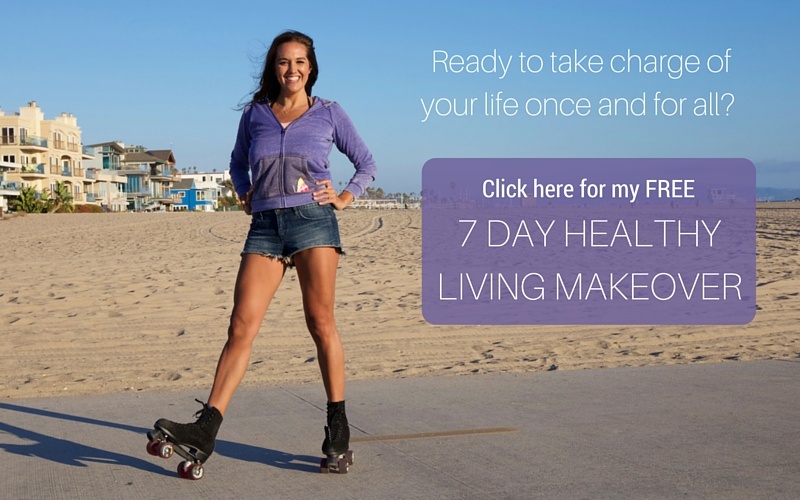
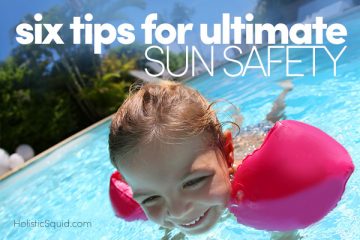


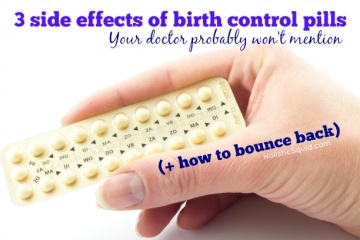


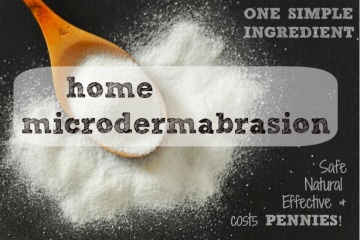


What do you know about Little Twig?
Hi,
Would you also recommend Badger as a face sunscreen as well? Or do you have a different brand for a facial moisturizer sunscreen? I tried Davita. However, I feel it leads to me breaking out. Thanks! Love your blog!!
Hi Holly, thanks for the question. When i go to the beach i do use badger, but i use the lighter formula: http://amzn.to/1j9A8bP.
I am blonde and very fair. Burn easily. I read many years in a woman’s magazine to mix vinegar & oil (I use olive oil) . It said, “you may smell like a salad, but you will be brown & not burn” . I got as brown as my fair skin would allow, but I didn’t burn. Nobody really noticed the smell, But I did get some good natured ribbing when I pulled it out.